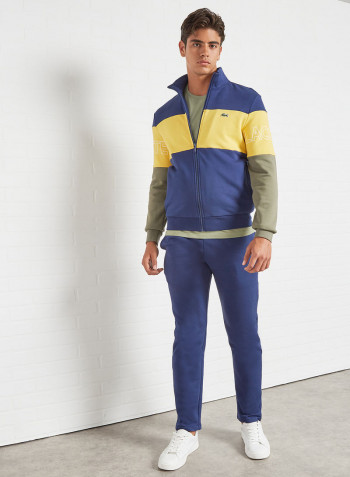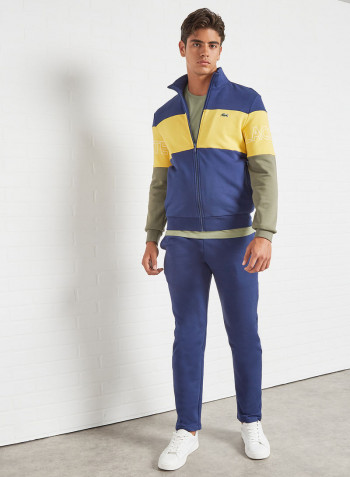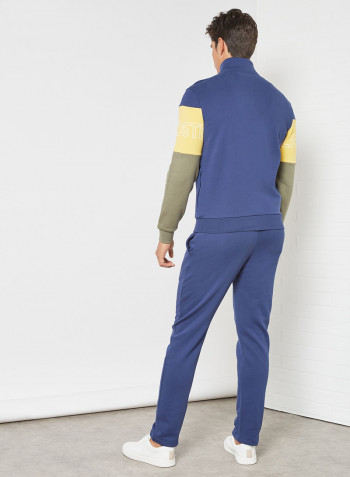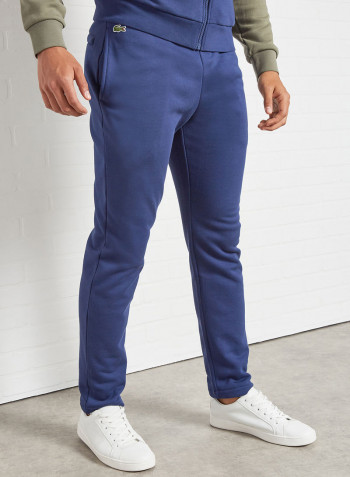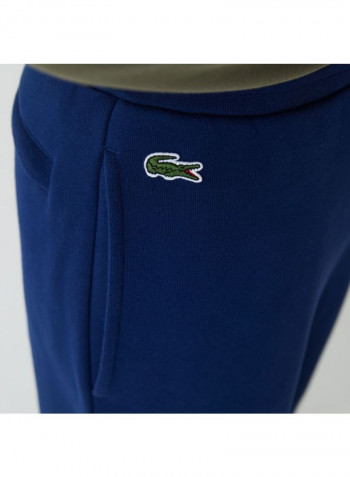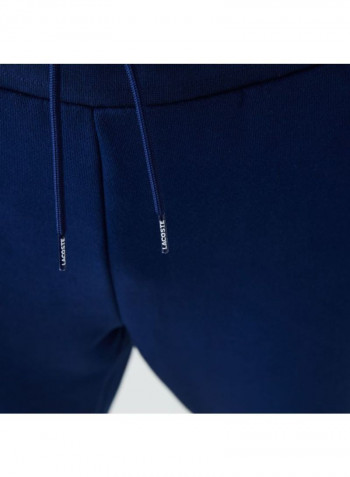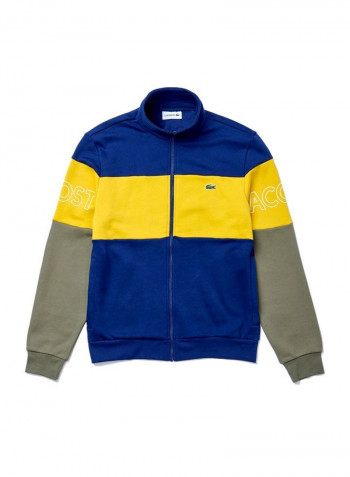The polo shirt is one of the most fundamental pieces of menswear. With beginnings on polo fields of the mid-19th century, the polo shirt has evolved from a formal piece of sports uniform to a ubiquitous, preppy sportswear classic. Like most garments, the design of the modern-day polo shirt was spawned from utilitarian needs that trickled into mainstream fashion with the help of society’s most respected individuals. But how did the polo shirt come to be? And why does the term ‘polo shirt’ evoke images of Ralph Lauren’s polo-player motif or Lacoste’s embroidered crocodile? Today, we’re answering those questions by unbuttoning the history of the polo shirt. While the earliest known roots of polo reach back as far as the 6th century BC, the modern form of the horseback sport can be traced back to 19th Century India. British military men stationed in Manipur, a state in Northeast India, adopted polo from Indian natives and brought it back to the U.K. where it became synonymous with wealth, royalty, and the upper-class. In addition to jodhpur pants and full-length riding boots, the original polo uniforms included a long-sleeved cotton shirt, similar to a dress shirt. To stop their shirt collars from flapping in the wind while they rallied around the polo field, players would fasten them down with pins or buttons. Inspired by this was John E. Brooks of the successful Brooks Brothers firm, who noticed the players’ improvisational collar solution while visiting England in the late 1800s. Upon his return to the U.S., Brooks introduced button-down collars onto all of his dress shirts, a feature that has become commonplace in modern-day shirting. Brooks Brothers introduced the first mass-marketed ‘polo shirt’ by debuting the ‘The Original Button-Down Polo Shirt’ in 1896. Ironically, the polo shirt we know today was born from a completely different sport—tennis. Like polo, tennis ‘whites’ in the early 1900s featured a long-sleeved button-down shirt. Looking to improve the practicality of this design was French tennis star, Jean René Lacoste. Nicknamed ‘le Crocodile’ due to his agility and shot power, Lacoste won seven Grand Slam titles, making him one of the most sensational sportsmen of his era. While most tennis stars wore a button-down shirt and tie, Lacoste went against the grain and introduced his own short-sleeved, three-button shirt, made from lightweight, breathable pique cotton that improved freedom of movement on the court. Proud of his reptilian moniker, Lacoste had a crocodile embroidered onto the left breast of his tennis shirt, a piece that surprised spectators as he smashed his way to consecutive U.S. Open wins in 1926 and 1927. The first of its kind, Lacoste’s tennis shirt was the blueprint for the modern-day polo shirt. After retiring in the early 1930s, Lacoste was approached by the owner of a leading French knitwear manufacturer, André Gillier, who proposed that the two came together to sell reproductions of Lacoste’s knitted tennis shirt, complete with the infamous embroidered crocodile. In 1933, the pair founded La Chemise Lacoste. Now known simply as ‘Lacoste’, the brand is widely regarded as the first brand to produce clothes with clear, visible branding on the outside of the garment.
Colourblock Fleece Tracksuit Blue/Green/Yellow
Recommend
Sort by
Rating
Date
Colourblock Fleece Tracksuit Blue/Green/Yellow
Description:
If you find an error in the description, please let us know!
Write a message
Send Report
If you find an error in the description, please let us know!
Specifications
Department
Men
Model Number
WH0179-00
Grade
New
Model Name
WH0179-00
Colour Name
Blue/Green/Yellow
Country of Origin
France
What's In The Box
1x Jacket, 1x Track Pant
Sport Type
Lifestyle
Material
Combination
Material Composition
Cotton 83%, Polyester 17%
Care Instructions
Machine Wash
Occasion
Sports Lifestyle
Pattern
Colour Blocked
Waist Type
Mid-Rise
Neckline
High Neck
Sleeve Type
Long Sleeve
Fit
Regular
Model Height
187cm
Lining Material
Cotton

